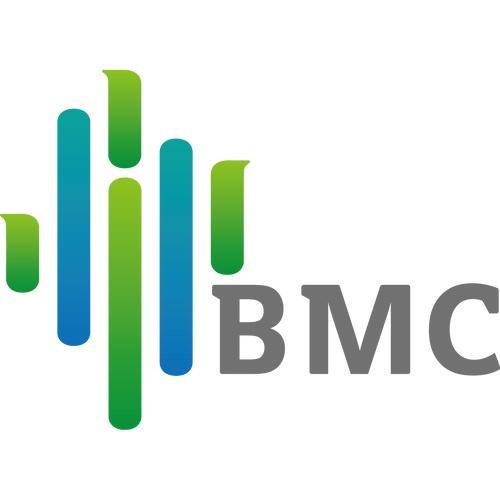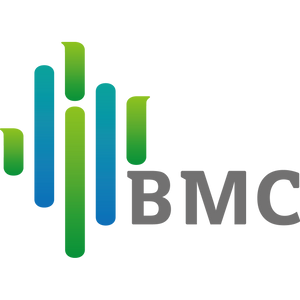小児閉塞性睡眠時無呼吸症候群は、さまざまな理由で睡眠中に上気道の部分的または完全な閉塞が繰り返される臨床症候群であり、無呼吸および/または低換気を引き起こし、子供の正常な換気と睡眠構造を乱し、一連の病態生理学的障害を引き起こします。体の変化。
どの年齢の人も閉塞性睡眠時無呼吸 (OSA) に苦しむ可能性があり、OSA に苦しむ子供の 2% ~ 5% があり、おそらく 3 ~ 6 歳で最も一般的です。
原因
子供の OSAHS は明らかに年齢に集中する傾向があり、3 ~ 6 歳と 12 ~ 14 歳の 2 つのピークを示しています。 分析によると、前者は咽頭リンパ輪の肥大に関連し、後者は思春期の脂肪沈着に関連しています。
子供の OSAHS の原因には、アデノイド、扁桃腺肥大、肥満、さまざまな鼻狭窄、慢性鼻炎、下顎骨の未発達または退縮、舌の肥大、いくつかの先天性奇形または顎裂などの顎の発達に影響を与える遺伝的症候群が含まれます。口唇口蓋(特に手術後)、ダウン症、クロゾン症候群など、喉頭狭窄などを引き起こすさまざまな疾患
小児 OSAS は多数の末端臓器の罹患率と関連しており、そのほとんどは過去 10 年間で明らかにされています。
多くの臨床研究で、一晩尿中のノルアドレナリンとアドレナリンのレベルが子供の OSA の重症度に関連していることが示されています。
OSA の子供は交感神経の緊張が高まっており、この状態が心血管系に及ぼす影響に寄与している可能性があります。
OSASの子供に発症する可能性のある心血管合併症は、小児期の心血管の健康に直接重大な影響を与えるだけでなく、その後の成人期の心血管の転帰にも影響を与える可能性があるためです.
潜在的なリスクと合併症
- 多動性、衝動性、反逆、攻撃性などの不注意および行動上の問題
- 日中の眠気
- 重度のOSAは成長遅延を引き起こす可能性があります
- 小児の OSA は、心血管系に特定の悪影響をもたらす可能性があります
- 心の問題
- 非常に幼い子供でも死亡する可能性があります
診断
-臨床的に関連する症状、およびPSGで決定された無呼吸低呼吸指数(AHI)> 1または低換気。
小児OSAの診断と治療の意義
睡眠は脳の発達初期の基本的な活動であり、人生の早い段階で最も長時間の睡眠が必要です。 新生児は 1 日あたり 16 ~ 20 時間の睡眠が必要です。 2~5歳の時期は、1日の睡眠時間と起床時間が等しく、幼少期から思春期にかけて1日の睡眠時間は1日の40%を占めます。 睡眠呼吸障害は、子供の体格、性格、認知能力の発達に関係しています。 単なる境界疾患ではなく、巨大で重要な医療分野です。 早期治療により、より良い結果を得ることができます。
処理
治療の決定は個々に行われ、夜間の睡眠障害、日中の機能障害、身体検査の結果、睡眠検査の結果を含む総合的な評価に基づいています。
- アデノイド扁桃摘出術:通常、アデノイドドンシル肥大および重度のOSA(AHI>10および関連する臨床症状など)の小児に使用され、他の疾患はありません。
- 気道陽圧: アデノイド扁桃組織がほとんどない (AHI>1 および臨床的に関連する症状) OSA の子供に適しています。 CPAPとBPAP 一般的に使用されるタイプの気道陽圧療法です。
- 歯列矯正
- 補助療法。鼻づまりや上気道抵抗の増加を引き起こす物質(タバコの煙など)への曝露の回避、減量、酸素補給療法、鼻呼吸の再訓練など。


